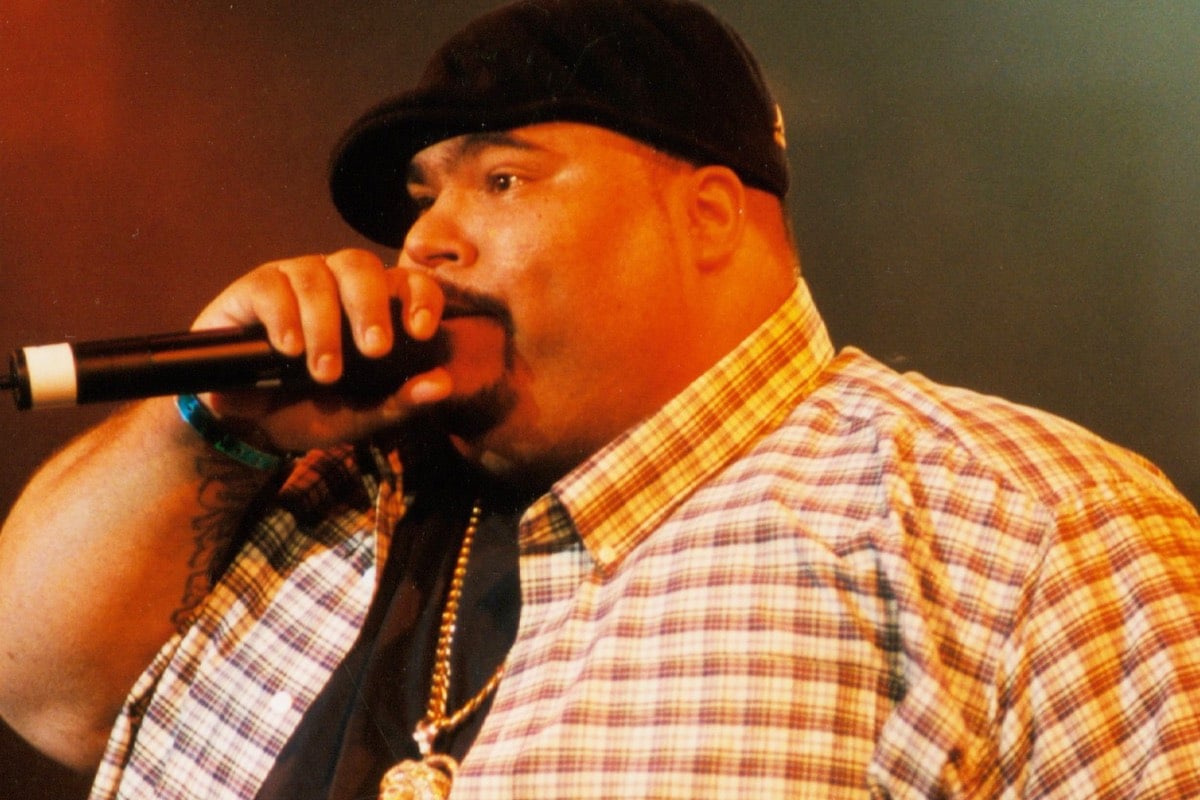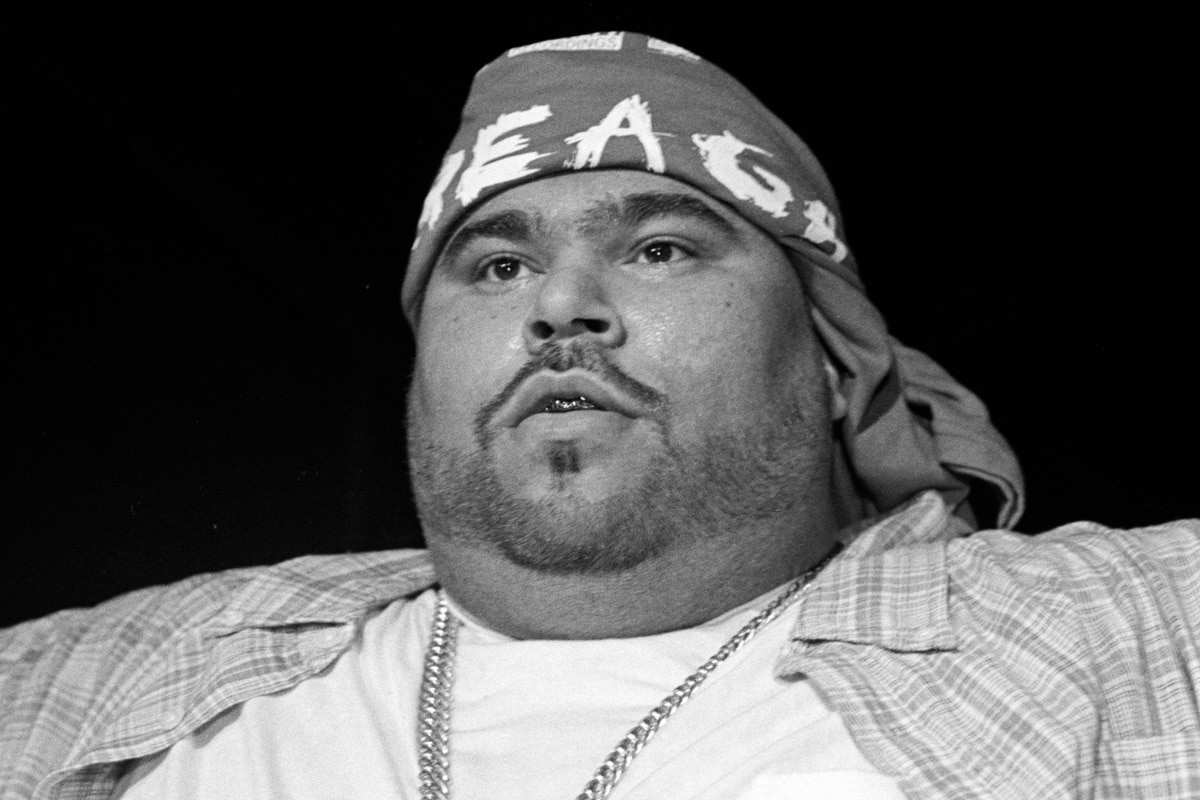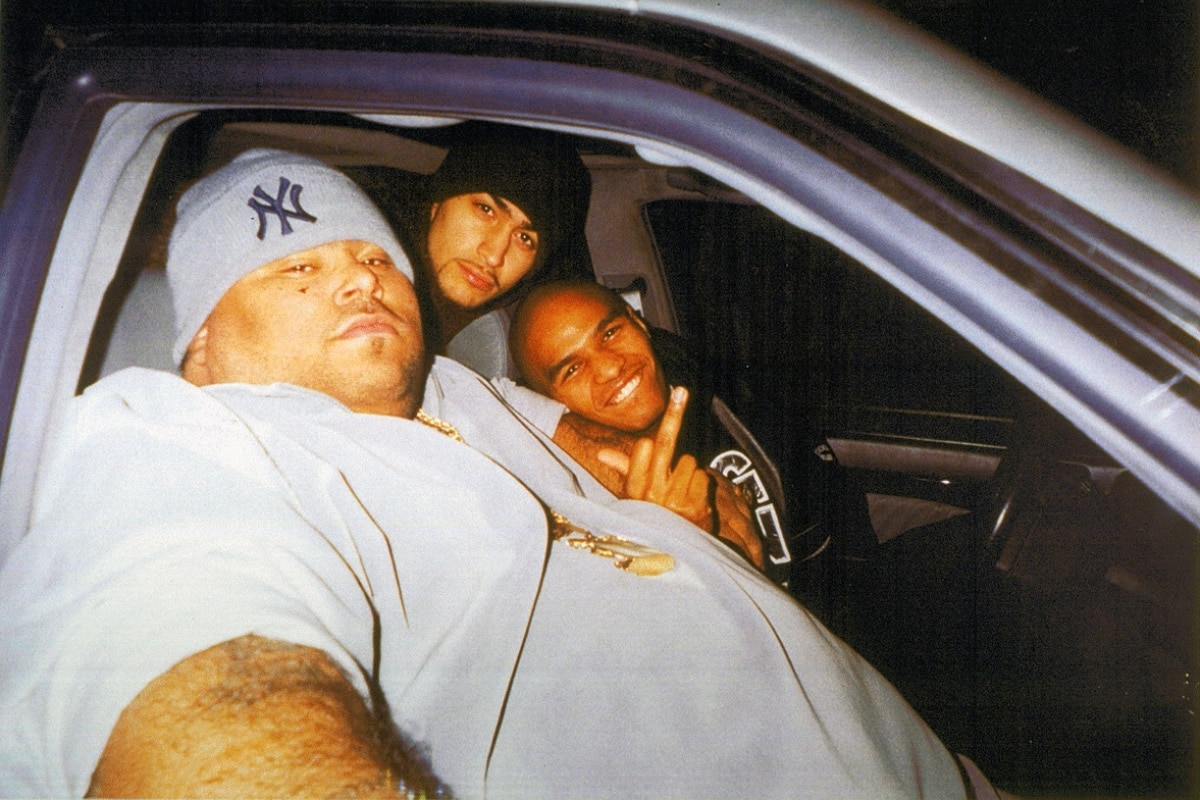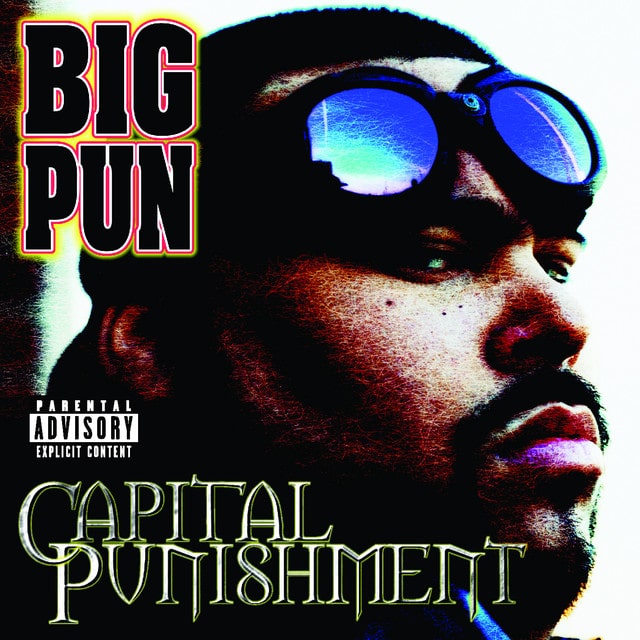When we talk about the Bronx’s own Christopher Lee Rios, better known as Big Pun (short for Big Punisher), we’re diving into a story that’s as raw and real as the verses he spat. Born on November 10, 1971, Big Pun emerged from the gritty underground hip hop scene of the Bronx, a borough that’s as integral to the history of rap as the 808 drum machine. Discovered by Fat Joe, another Bronx legend, Big Pun hit the scene hard with his appearance on Joe’s 1995 album “Jealous One’s Envy.”
But let’s not just jump into his career; let’s paint a picture of the man behind the mic. Rios grew up in South Bronx, a neighborhood that’s often synonymous with the birth of hip hop. He was Puerto Rican, something that deeply influenced his art and identity. He had a tough childhood, struggling with depression, which he often coped with through overeating. This led to a lifelong battle with weight, something that’s as much a part of his legacy as his lyrics.
Before he was Big Pun, he was a young man with dreams, a basketball in one hand and a boxing glove in the other. But life wasn’t kind. He left his mother’s house at 15 and found himself homeless. However, fortune struck when a settlement came his way after a childhood injury, and he used this to build a life with his high school sweetheart, Liza.
Now, let’s talk about the rhymes. In the late 1980s, Big Pun began penning lyrics, later forming the underground group Full-A-Clips. These were the formative years, the raw beginnings of what would become a legend. Operating under the alias Big Moon Dawg, he wasn’t yet the Big Pun we know, but the fire was lit.
It was in 1995 when Big Punisher became Big Pun, and his life changed. Meeting Fat Joe was like a cosmic collision of Bronx energies – a moment that altered the course of hip hop. Big Pun’s commercial debut on “Jealous One’s Envy” was just the appetizer. His main course was yet to come.
Enter “Capital Punishment” in 1997. This wasn’t just an album; it was a seismic event in hip hop. Produced in part by Knobody, the album brought us “Still Not a Player,” a track that’s as iconic today as it was then. Big Pun became the first Latino solo rapper to go platinum – a monumental achievement in an industry that was still grappling with diversity.
But Big Pun wasn’t just a solo act. He was integral to the Terror Squad, a group of rappers brought together by Fat Joe. Their debut album in 1999 didn’t smash the charts, but it laid the foundation for future successes and established Pun as a team player in the hip hop world.
Tragically, Big Pun’s career was as brilliant as it was brief. His struggles with weight culminated in health issues that ultimately led to his untimely death in 2000, at the age of 28. His passing shook the music world, a stark reminder of the fragility of life, even for those who seem larger than life.
Posthumously, Big Pun’s legacy continued to grow. “Yeeeah Baby,” released shortly after his death, soared up the charts. Then came “Endangered Species,” a compilation that further cemented his impact on hip hop. He was even featured in a posthumous duet with The Notorious B.I.G., a pairing of two gone-too-soon legends.
But Big Pun’s story isn’t just about the music. It’s about a man who fought against the odds, who represented a community often marginalized in mainstream media. It’s about a lyricist who could flip words with the agility of a boxer, a man whose size never defined his immense talent.
In 2021, the Bronx paid homage to its son. The intersection of East Fordham Rd and Grand Concourse was renamed “Big Pun Plaza,” a fitting tribute to a man who never forgot where he came from.
Big Pun’s discography is a testament to his skill. From “Capital Punishment” to “Yeeeah Baby,” and the posthumous “Endangered Species,” each album is a chapter in a story cut short. His singles like “I’m Not a Player” and “Still Not a Player” remain anthems, while his collaborations show a man who was as much a team player as he was a solo star.
As we look back at Big Pun’s life and career, it’s clear he was more than just a rapper. He was a pioneer, a father, a husband, and a son of the Bronx. His music, infused with the grit and rhythm of his upbringing, continues to inspire and resonate. Big Pun wasn’t just a player in the game; he changed it forever, leaving a legacy that’s as enduring as the beats he rhymed over.
In reflecting on Big Pun’s journey, it’s impossible not to feel a mix of awe and sadness. Awe for what he achieved against all odds, and sadness for what might have been. Big Pun’s story is a reminder of the transformative power of music, and how it can lift someone from the streets of the Bronx to the heights of hip hop royalty. His legacy isn’t just in his records or the street named after him; it’s in every aspiring artist who picks up a mic, fueled by the fire of his words and the path he blazed.
Big Pun’s life was a complex tapestry of triumph and tragedy, of lyrical genius and personal struggle. His influence stretches far beyond the boroughs of New York, touching the hearts and minds of fans worldwide. In the annals of hip hop history, Big Pun stands tall – not just for his physical stature, but for the indelible mark he left on the world of music. His story, like his rhymes, is unforgettable – a testament to the enduring power of talent, determination, and the unyielding spirit of the Bronx.
Would you like to learn more? Dive deeper into the depths of Big Pun in our featured articles below.








